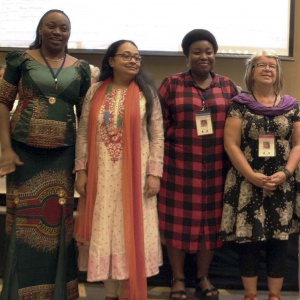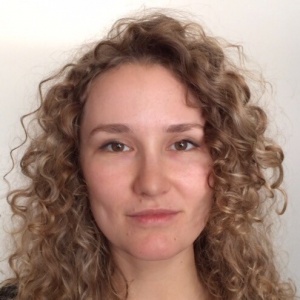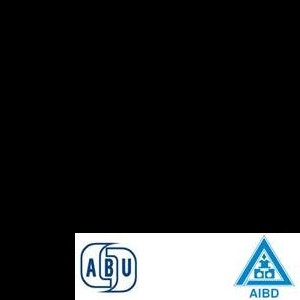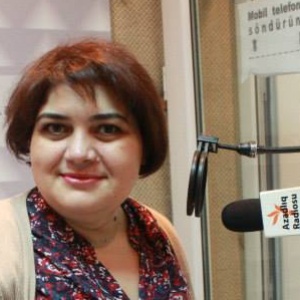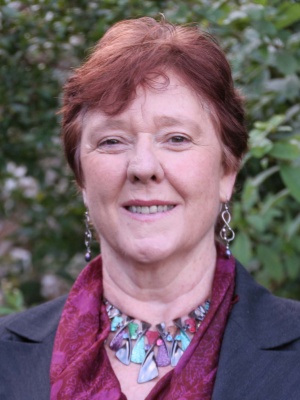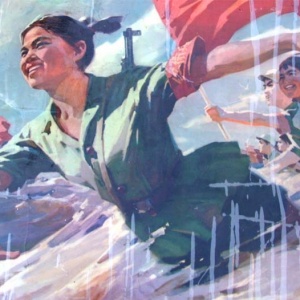In response to the lack of a mass medium that tackles disaster response and rehabilitation in a highly vulnerable region, IAWRT Philippines chapter is establishing a community radio station to be based at the so-called ground zero of the strongest typhoon in recorded history. ESP
To kick it off in early October, women community radio broadcasters in the Philippines organized and conducted a four-day workshop for the establishment of a disaster response and rehabilitation community radio station in Tacloban City. That was followed by a two-day community-based radio training in late October.
By IAWRT Philippine Chapter and Frenchie Mae Cumpio
With gusts in excess of 300 kph, Typhoon Haiyan (known locally as Yolanda) struck the entire central region of the Philippines (the Visayas) on November 8, 2013, killing a yet-undetermined number of people, displacing millions and destroying property worth hundreds of billions of dollars. Last year, the Philippines National Disaster Risk Reduction and Management Council (NDRRMC) confirmed 6,300 fatalities across the country. However some NGO’s estimate a much higher toll in Tacloban City alone.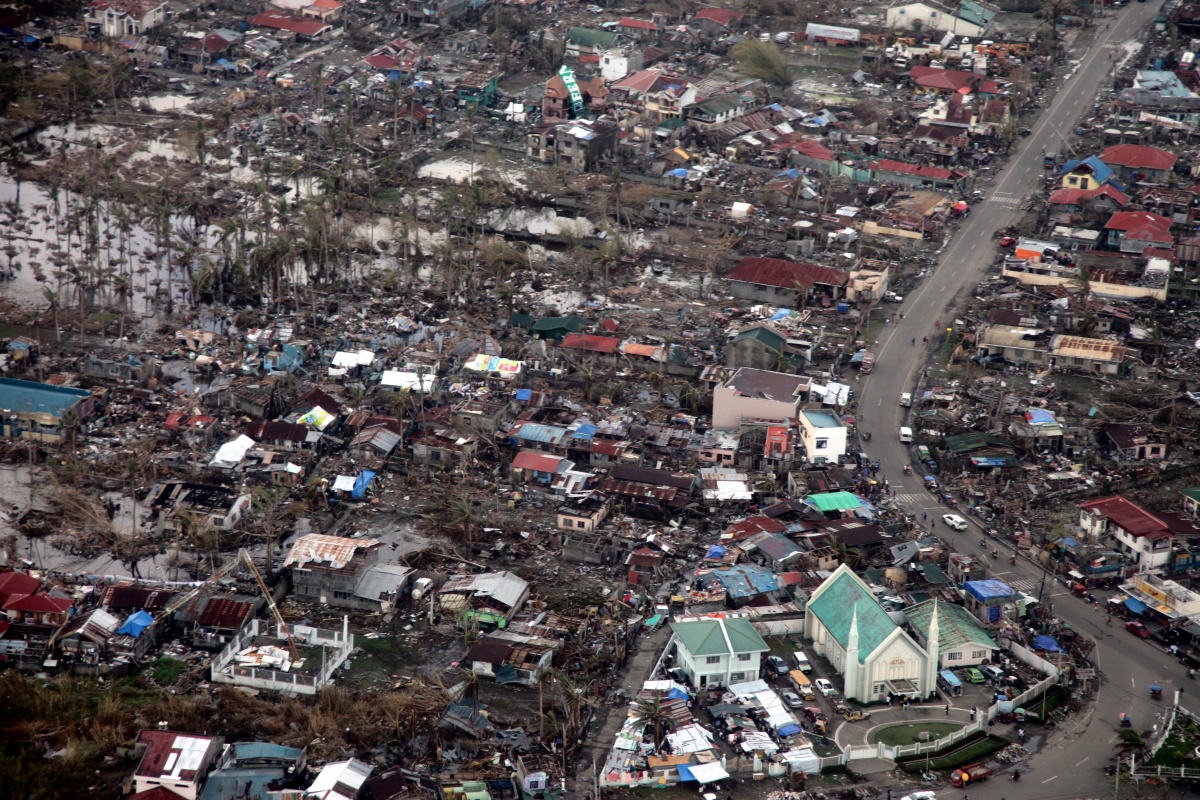
Pics: Post Typhoon Hiyan, November 2013: Samahang Operasyong Sagip (SOS) Tacloban aerial view: Russell Watkins/Department for International Development.
Nearly two years after the disaster, poor Haiyan survivors have yet to be permanently resettled and social services remain sorely lacking across the islands of Leyte and Samar, as can be seen in this video from the affected region.
“Climate change experts predict that the Philippines will always remain vulnerable to typhoons as destructive as Haiyan. Our aim is to help the people of Eastern Visayas prepare for this, so-called, new normal,” IAWRT Philippines chapter president Jola Diones-Mamangun said.
“A community station is the most viable solution to the lack of a sustained and dedicated mass communication platform to help the survivors to rise up from this disaster and prepare for the next,” Mamangun added.
Unlike existing commercial radio stations in Eastern Visayas, the community radio station will be non-profit and will be dedicated to helping marginalized sectors recover from Haiyan’s devastation.
IAWRT’s International Board recently approved a grant funded by Norad through FOKUS for the establishment of a mobile disaster response and rehabilitation community radio station in Haiyan-affected areas.
Pic: SOS (a network of volunteer health workers, professionals, and students, assisting disaster victims)
“Aside from being community-owned, this station shall have the capacity to be mobile. It means we can transport all its equipment to an area within the region which is being threatened or is suffering from another disaster and return to Tacloban City after,” Mamangun said.
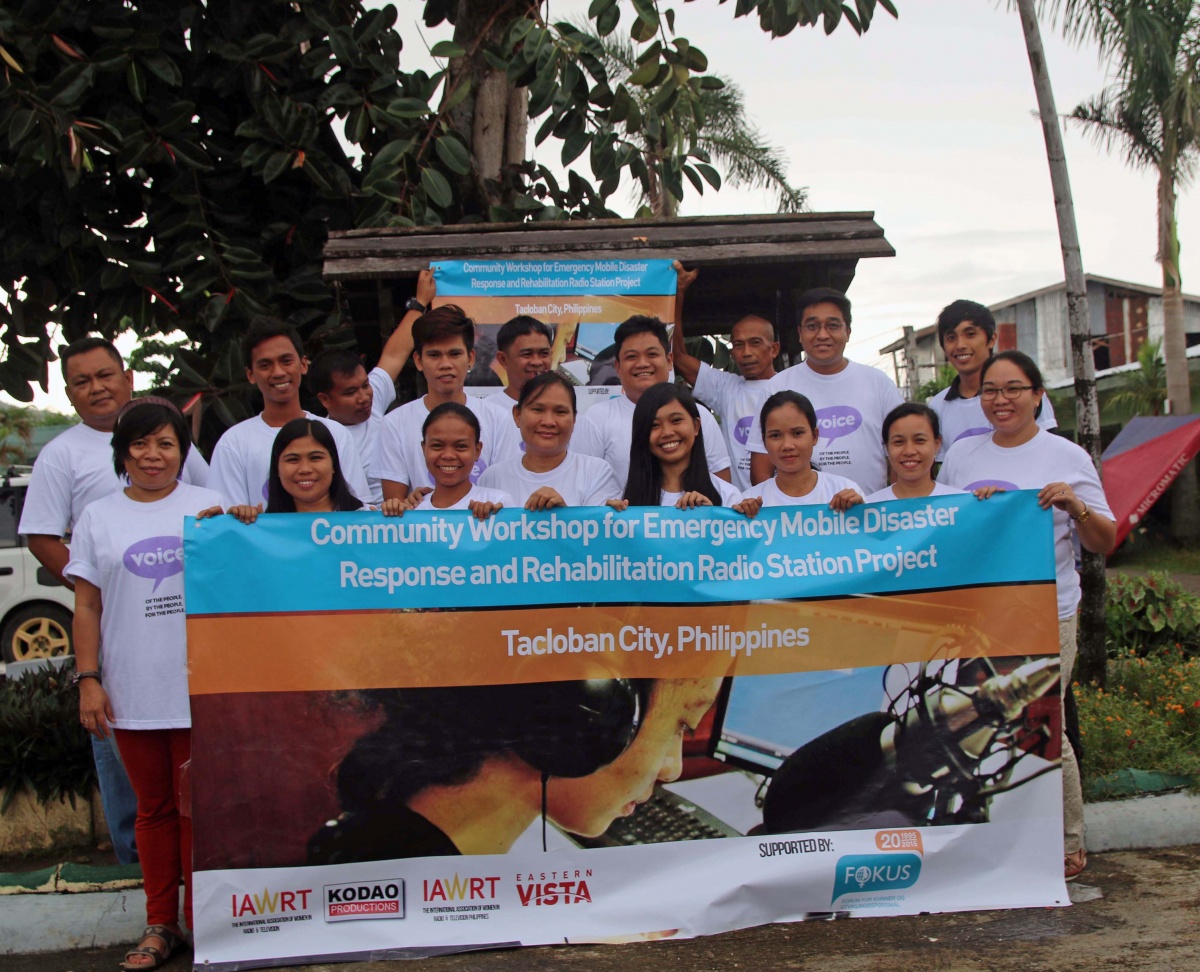 The workshop in Tacloban is the first in a series of activities aimed to train its first group of broadcasters. It included discussions on the state of the Philippine mass media as well as the need for more community radio stations to serve women and other vulnerable sectors of society. Writing for radio, interviewing, reporting, the broadcast clock, and on-air presence were included in the workshop.
The workshop in Tacloban is the first in a series of activities aimed to train its first group of broadcasters. It included discussions on the state of the Philippine mass media as well as the need for more community radio stations to serve women and other vulnerable sectors of society. Writing for radio, interviewing, reporting, the broadcast clock, and on-air presence were included in the workshop.
Diones-Mamangun, IAWRT Philippine Chapter treasurer May Macapobre and member Marvie Matura conducted the training, along with Eastern Vista (a local non-profit media group) and Kodao Productions’ radio director, Raymund Villanueva .
“What makes this project groundbreaking is the fact that women are leading its establishment and women shall occupy executive positions in its management,” Macapobre said.
Women leaders from the peasant,* fisher folks, urban poor, academe and the church are being invited to form the radio station’s local board, while women candidates are being interviewed to be its first station manager.
Pic:Front L-R: Nora de Verra, Lourdes Lacerna, Marissa Cabaljao, Jola Diones-Mamangun, Frenchie Mae Cumpio , Janet Darantinao, Marvie Matura and May Macapobre. Back: Raymund Villanueva, Michael Jay Advincula, Kelvin Tomzon, Joven Montubig, Frank Falguera, Dean Lacandazo, Mario Sabelgas, Rev. Cesar Tumandao and Jebri Gil
In late October, a group of 27 delegates, the majority of whom were women, came from different parts of Samar and Leyte to participate in two days of community radio training hosted by IAWRT Philippines, again in partnership with Kodao Productions and Eastern Vista. it was held at the UP Vista Office, office of student publications of the University of the Philippines – Visayas Tacloban College (UPVTC).
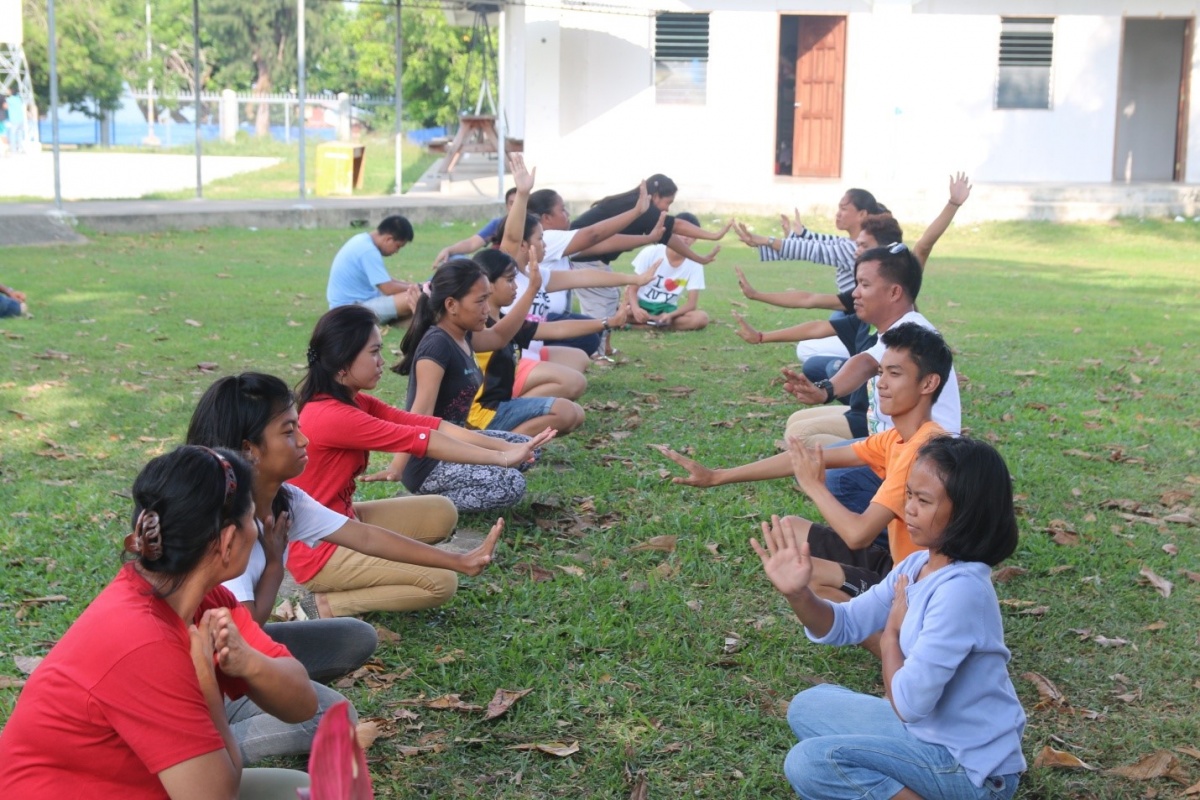 The delegates, who will soon serve as the reporters and anchors of the radio station, received confidence and team building training along with news writing, radio broadcasting and field reporting. The first day of the training focused on boosting the confidence of each participant, with workshops in basic acting and news writing. It included broadcast training on breathing and word pronunciation.
The delegates, who will soon serve as the reporters and anchors of the radio station, received confidence and team building training along with news writing, radio broadcasting and field reporting. The first day of the training focused on boosting the confidence of each participant, with workshops in basic acting and news writing. It included broadcast training on breathing and word pronunciation.
The second day of the training began to put theory into practice, with a test podcast where one of the participants served as the anchor and nine of them were field reporters. Mamangun says that In early November, they will be put to the test as part of the local media. “An Eastern Visayas-wide mobilization and activity themed ‘Two Years of Injustice,’ will be held to coincide with the second anniversary of Typhoon Yolanda [Hiyan]. The trainees will serve as field reporters stationed at different parts of Samar and Leyte.”
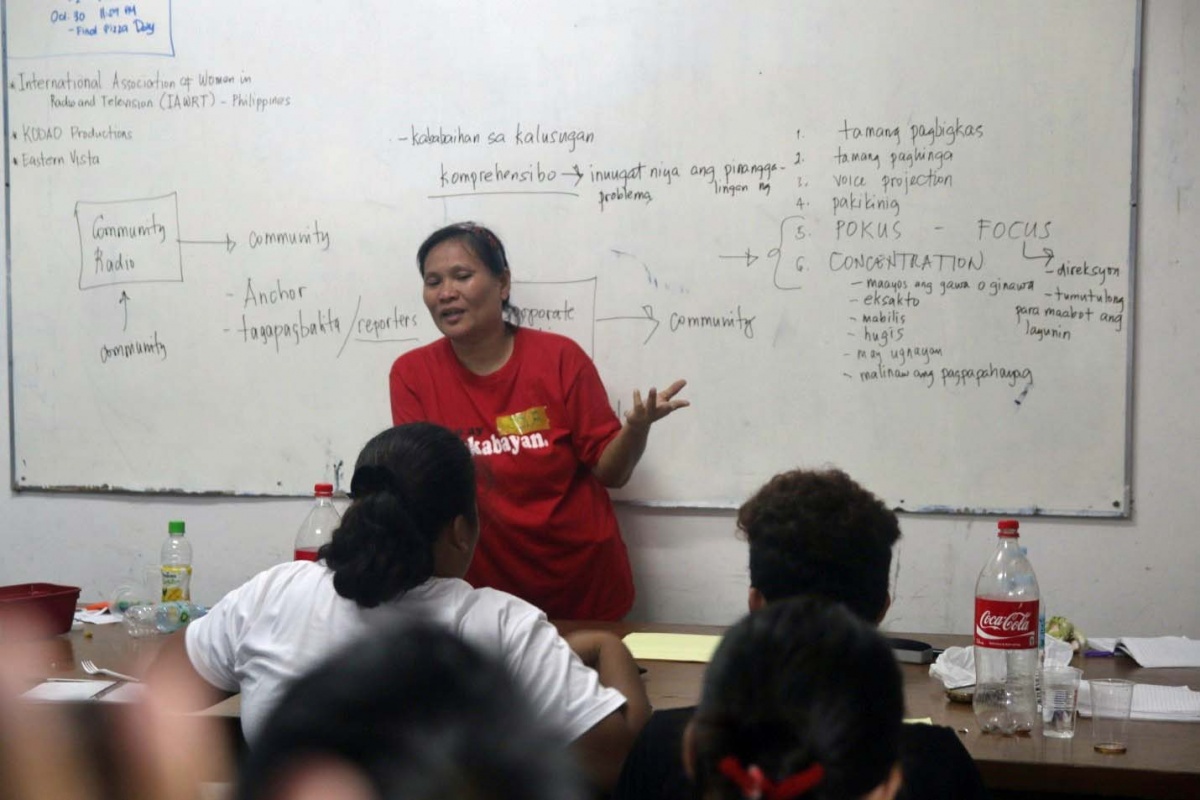
pics: team building, and facilitator and IAWRT Philippines chapter head Jola Diones-Mamangun. photos by Jandi Dineros of UP Vista
May Macapobre says emergency radio stations were set up after Typhoon Haiyan, but they didn’t last. “They were dependent on the presence of foreign disaster response and humanitarian organizations. Now that their interventions are over, those stations stopped broadcasting. What we need is sustainability and that is only possible if the people own the station.”
“Climate change is real and the best way to prepare the people to meet the challenges of recovery and preparation for more disasters ahead, is an education tool in the form of their community radio station, she explained. IAWRT Philippines hopes to initiate the station’s test broadcast in December.
* In the Philippines, particularly among the democracy activist sectors, “peasant” is a badge of honor. It means belonging to the largest sector as well as the main force for social transformation.
Pics below: workshop 1. (L-R) Lourdes Lacerna , Nora de Verra, , Marissa Cabaljao, Jola Diones-Mamangun, May Macapobre, Lourdes Lacerna , Frenchie Mae Cumpio , Marvie Matura and Janet Darantinao. Worshop 2: Tessa Andrea T. Palmiano, Rodney O. Dublin, Lianne Ponferrada, Marites T. Duguilla, Panchito P. Pancho, Jr., Frenchie mae Cumpio, Diana Martinelli Babael, Joseph Carlos A. Decenilla, Rev. Cesar C. Tumandao, Jr., Michael Jay Advincula, Nichole A. Fabular, Yolito G. Tabontabon, Krishmar H. Centino, Mary Grace Solayao, Jenny Rose Nabong, Mary Joy Solayao, Glody Ann Z. Ocale, Maria Lorissa C. Tabontabon, Lerma R. Macabante, Evalyn f. Cabueñas, Rose Ann Asoy Tejones, Marissa Cabalyao, Josefa F. Abid, Lourdes Lacerna, Kelvin Tumzon, Janet Darantinao, Jandi Dineros.

